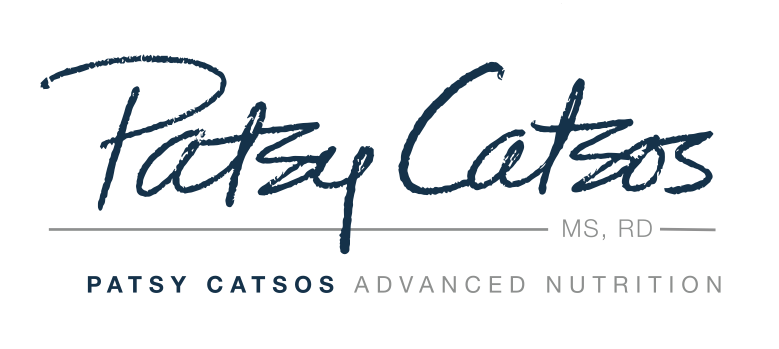The Specific Carbohydrate Diet (SCD) was popularized many years ago by Elaine Gottschall. Over the years it has helped people suffering from a variety of GI complaints manage their illnesses by controlling the types of carbohydrates in their diet. Sound familiar?
I will not attempt to explain the SCD; the rest of this post assumes that you are familiar with the basics of the SCD. For more SCD information, click here. I'd like to highlight just a few similarities and differencesbetween the SCD and the FODMAP-elimination diet.
The main similarity between the two diets is the idea that poorly absorbed carbohydrates are fermented by colonic microbes, and that symptoms result. The differences, I believe, are due to new developments in our understanding of sugar absorption and malabsorption, and to advances in food technology that had not taken place at the time Ms. Gotschall wrote her book.
Apples: how do FODMAP and SCD diets differ about apples and other foods that are naturally high in fructose?
One significant difference between the two diets arises out of the now better understood role of dietary fructose intolerance as a cause of GI symptoms. The SCD relies heavily on honey as a sweetener. Honey has a lot of excess fructose, and I do not recommend its use for my patients of reads following a FODMAP-elimination diet. Applesare another example of a naturally high-fructose food allowed on the SCD but not on the FODMAP-elimination diet.
On the other hand, small portions of sucrose, in the form of granulated sugar, are allowed on the low FODMAP diet but not on the SCD. We know now that for most people with IBS, fructose is actually well absorbed when an equal amount (or greater) of glucose is present at the same time, as it is in granulated sugar (fructose), making a low FODMAP diet an effective, less restrictive choice. However, there may be a percentage of people who have IBS-like symptoms because they don't make enough of the enzyme needed to digest sucrose. These people might find they do better with the SCD or with a reduced sugar version of a low FODMAP diet. In addition, people with diagnosed SIBO might do well to limit added sugars in their diet, even low FODMAP sugars.
Many delicious lactose-free milk products are not available for purchase.
On the SCD, homemade, 24-hour fermented yogurt and certain cheeses were the only milk products allowed because they were low in lactose. With the availability of lactose-free milk, cottage cheese, sour cream and ice cream on the market today, the FODMAP-elimination diet allows a wider variety of milk products.
More differences emerge between the two diets in the specifics of which fruits, vegetables and beans are able to be incorporated. But more important to me than those details are the philosophical difference between the two approaches.
The most important philosophical difference regards adherence to the diet. Ms. Gottschall was convinced that only absolute adherence to the diet over an extended period of time could restore the individual to health. She did not encourage experimentation or variation from the SCD dietary principles. The FODMAP-elimination approach, on the other hand, IS an experiment. Reintroduction of high FODMAP foods, either cautiously or as a challenge is recommended after a few weeks of the initial strict elimination phase; "problem foods" can be consumed in moderation.
The the aim of the FODMAP-elimination diet is limiting IBS symptoms to a tolerable level, selected by the client. Perhaps this is not as ambitious as the cures to which Ms. Gottschall aspired. It seems there is a place for both of these approaches, depending on the needs and medical condition of the individual.
This page may contain affiliate links. We are a participant in the Amazon Services LLC Associates Program, an affiliate advertising program designed to provide a means for us to earn fees by linking to Amazon.com and affiliated sites.



